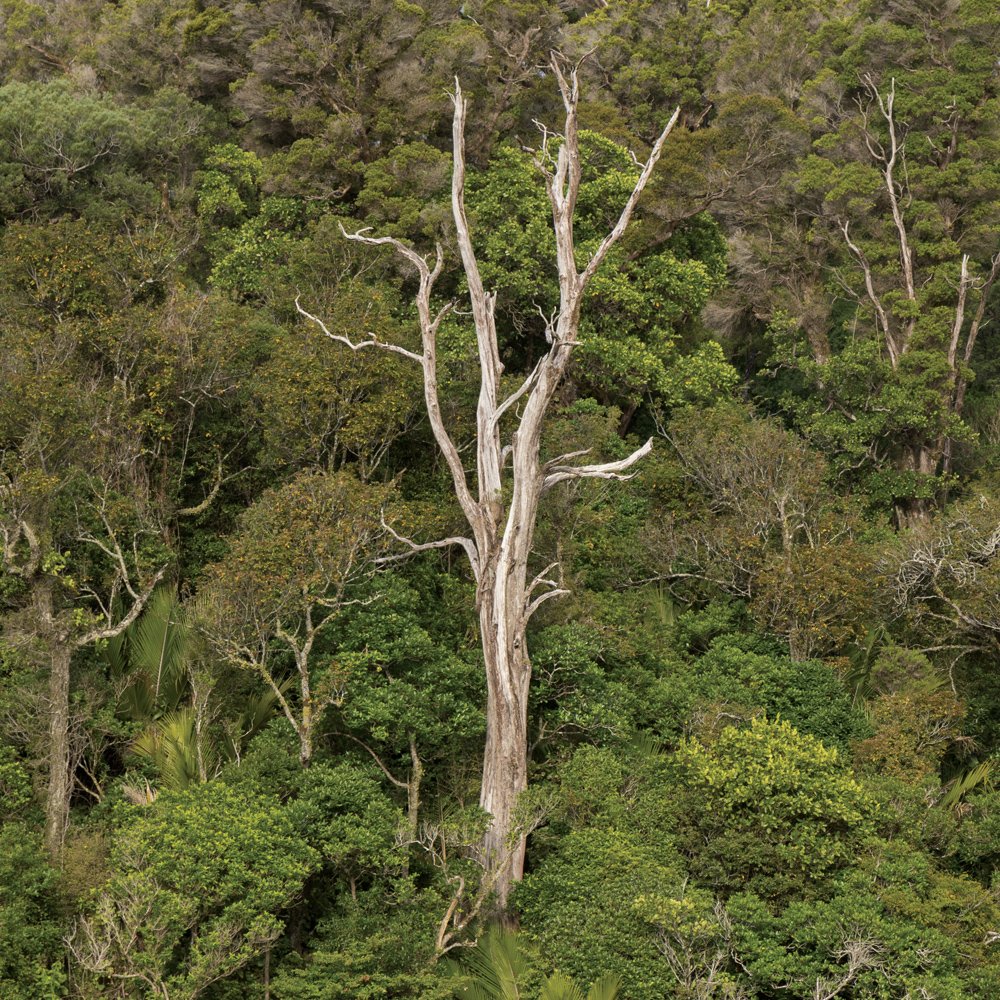snag | /snæg/

In the parlance of botany, a snag is standing dead tree. To some, they are potent reminders of our own mortality, their fantastical sculptural forms rich with poetic symbolism. To others, they are simply blighted skeletal remains, eyesores of no aesthetic or financial worth. At first sight, a snag may indeed look lifeless and of little obvious value. However, as a natural component of a healthy woodland, they play an integral role in its ecology. Many species of birds and mammals make their homes in the hollows and crevices of snags. Squirrels and other prudent woodland preppers seek out hidey-holes in which to store food. For raptors, they can provide an ideal perch from which to spot prey. They attract wood-eating insects, lichens, mosses, and fungi, affording a veritable banquet for wildlife. As the wood decays and falls, it returns vital nutrients to the soil.
Depending on their state of decomposition, snags can be classified as either hard or soft. Hard snags are likely to be recently dead, with their bark, sap, and heart wood relatively firm and intact. Soft snags are generally older, with limbs and parts of their trunk having already fallen.
The term is thought to derive from the Old Norse snagi for a pointed clothes peg, which was also more widely used to convey something sharp and pointy. In 16th century English, snag specifically referred to trees or branches that were either fully or partly submerged in water and thus a danger to navigation. During the first half of the 19th century, snag became Australian slang for a sausage – possibly from the Scottish term snaggery for trashy food. In more recent times, snag has become an acronym for sensitive new age guy – a man who, not always convincingly, likes to emphasise how caring and emotionally intelligent he is.
Introduction Aeolian Alpenglow
Benthos Crepuscular Crispate Crown shyness
Desire lines Dreich Endragoned Edgelands
Frondescence Fumarole Gluggaveður Gossamer
Karst Komorebi Lawrence Long acre
Machair Monkey’s wedding Moonglade
Psithurism Quartz Rakuyou Roaring forties
Snag Soft estate Specular, diffuse and pellucid
Spoondrift Steam fog Swash zone Sylvan